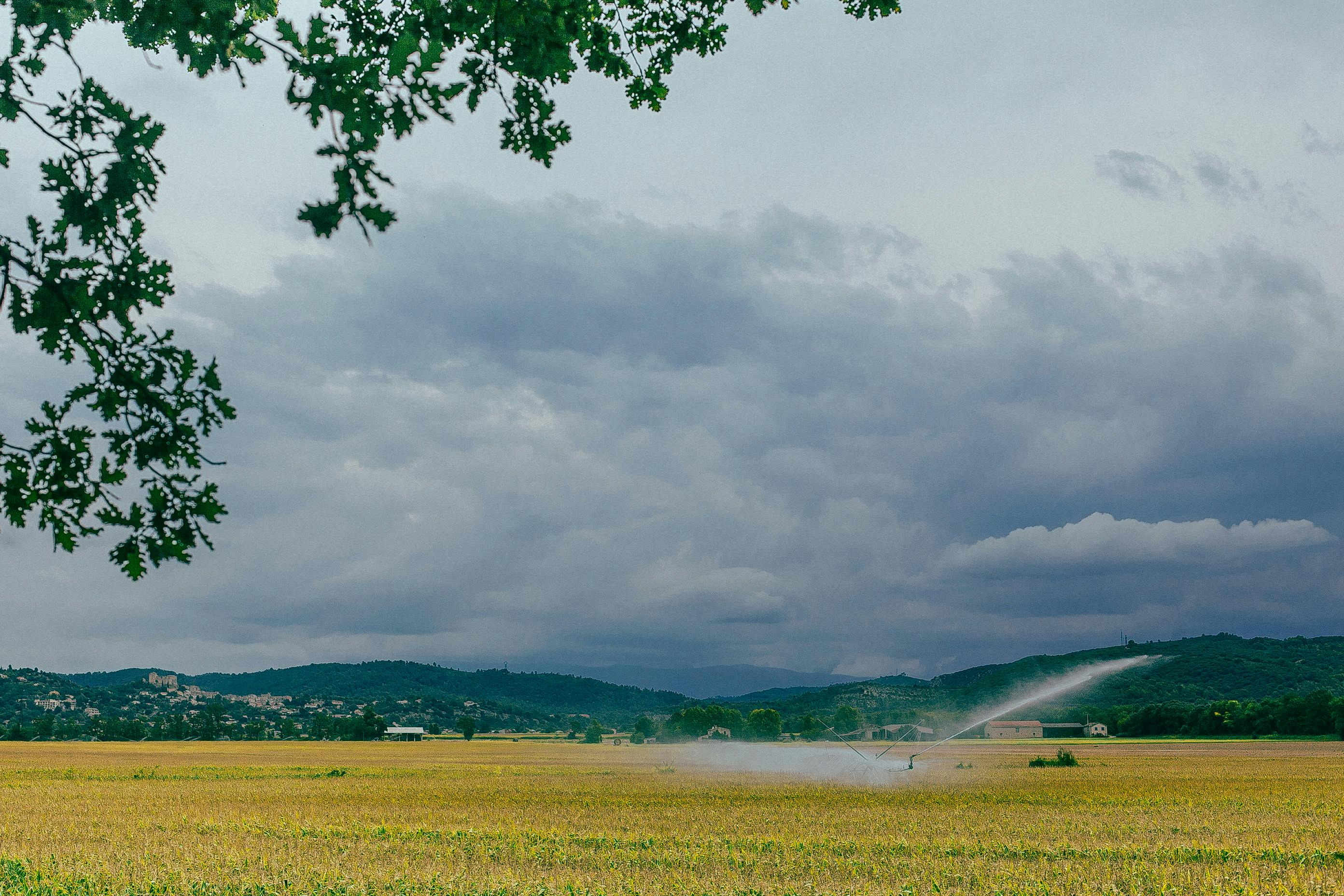
How to eliminate dangerous hydrocarbons in drinking water completely and quickly
admin
- 0
Hydrocarbons are without a doubt one of the most dangerous compounds to ever contaminate our water supply. Where do we get such a huge amount of hydrocarbons in our drinking water? The root cause of the problem can be summed up in one word: energy.
To reduce our dependence on external sources of oil for our energy needs, we are now extracting oil and natural gas from deposits that have been rejected in the past. However, to extract these findings a new process was developed.
The process is called hydraulic fracturing or “fracking.” This is where a liquid at extremely high pressure is used to fracture the rock and release its oil or natural gas.
On the surface, this sounds like a great idea to get oil and gas supplies that are otherwise totally out of reach. The fault of the system is the use of petroleum distillates as a lubricant in the liquid under pressure.
These distillates contain a well known hydrocarbon called benzene. The Environmental Protection Agency has shown this to be a human carcinogen that is toxic in water at levels greater than five ppb. The liquid used does not include only petroleum distillates. These are only 0.8% of the total.
However, don’t be overconfident as the total amount of liquid can range from 1 million to 8 million gallons. If we take the lower number this would mean that there are 800 gallons of petroleum distillate. Therefore, the level of benzene would have an amount equivalent to 140,000 times the safe level of the Environmental Protection Agency.
With this level of contamination it is not surprising, are there hydrocarbons in drinking water? Many people do not understand that this liquid when used for fracking does not stay in one place. It travels underground, just like water, until it finally finds a groundwater source which it then contaminates.
There are many states where the drinking water has become so contaminated due to this fracking process that the drinking water is trucked in. The closer you live to any drilling that uses this process, you obviously have a higher risk of finding hydrocarbons in your drinking water. However, even if you live some distance away, you shouldn’t be complacent due to this ability to travel underground.
As an example, in one documented episode, a faulty well allowed gas to escape and enter a natural fracture 3,000 feet below ground. From this point, it traveled 3,500 feet laterally where it contaminated a drinking water supply. The water contained extremely high levels of benzene, forcing the community to drink bottled water.
Make no mistake about it, the last thing you need in your drinking water is hydrocarbons. You should also be aware that no one will alert you when there are traces of these deadly substances in your drinking water. They are usually discovered when people start to get sick. Obviously, you need to find some form of protection that will remove these dangerous compounds from your drinking water.
A simple tap water filter will remove these hydrocarbons from your drinking water. Of course, another option is to install a complete housing unit; this will ensure that all the water in your home is free of hydrocarbons in your drinking water. Why not take a look at activated carbon units? These are inexpensive and recommended by many experts and authorities.

